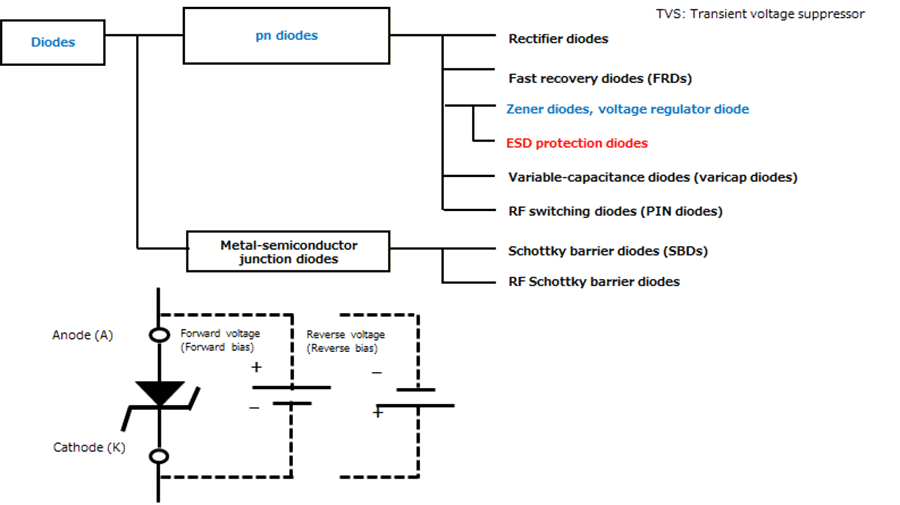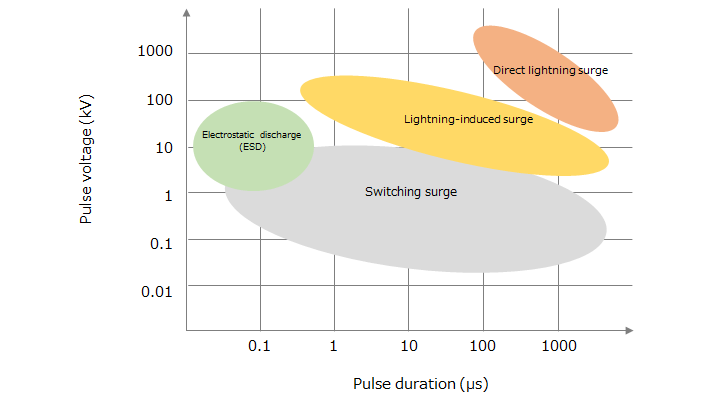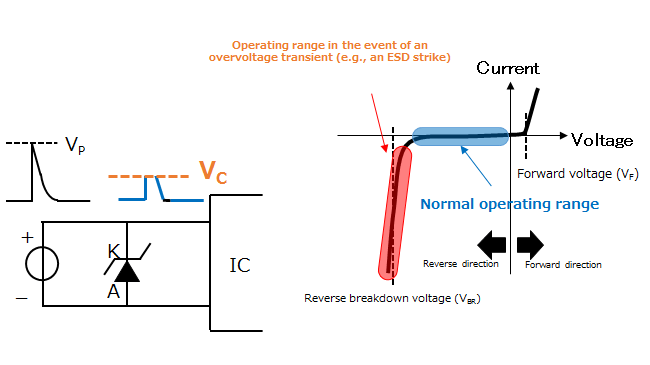- 型号 & 关键词搜索
- 交叉搜索
- 参数搜索
- 库存查询与购买
This webpage doesn't work with Internet Explorer. Please use the latest version of Google Chrome, Microsoft Edge, Mozilla Firefox or Safari.
请输入3个以上字符 Search for multiple part numbers fromhere.
The information presented in this cross reference is based on TOSHIBA's selection criteria and should be treated as a suggestion only. Please carefully review the latest versions of all relevant information on the TOSHIBA products, including without limitation data sheets and validate all operating parameters of the TOSHIBA products to ensure that the suggested TOSHIBA products are truly compatible with your design and application.Please note that this cross reference is based on TOSHIBA's estimate of compatibility with other manufacturers' products, based on other manufacturers' published data, at the time the data was collected.TOSHIBA is not responsible for any incorrect or incomplete information. Information is subject to change at any time without notice.
请输入3个以上字符
1-1反向击穿电压
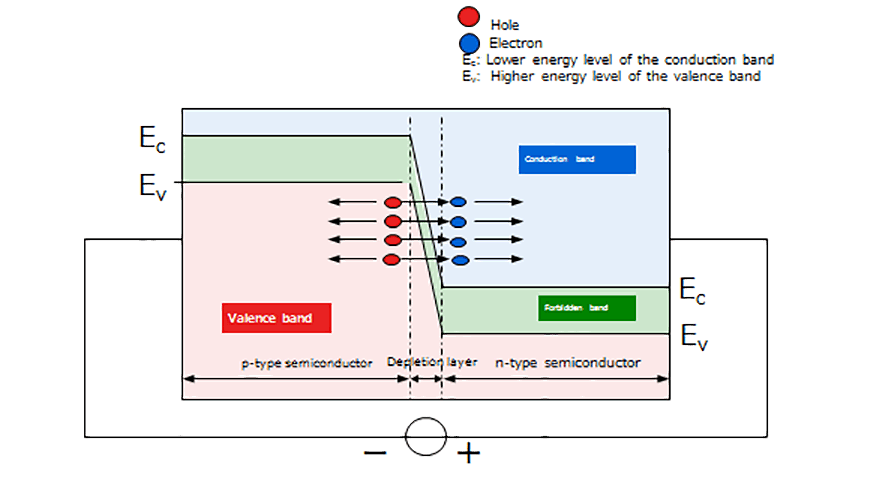
反向击穿电压由齐纳击穿或雪崩击穿决定。
齐纳击穿
当pn结反向偏置时,耗尽层延伸穿过pn结。电场造成耗尽层内p型区价带与n型区导带之间的间隙减小。因此,由于量子隧穿效应,电子从p型区价带隧穿到n型区导带。齐纳击穿是电子隧穿耗尽区导致反向电流突然增加的现象。齐纳击穿如图1.3所示。
雪崩击穿
当pn反向偏置时,少量电子通过pn结。这些电子在耗尽层被电场加速,获得较大动能。加速电子与晶格中的原子碰撞电离产生电子空穴。这些原子的电子被激发到导带并脱离,成为自由电子。自由电子也加速并与其他原子碰撞,产生更多的电子-空穴对,导致电子进一步脱离的过程。这种现象称为雪崩击穿。
雪崩击穿和齐纳击穿对比
高击穿电压二极管掺杂浓度低,因此形成宽耗尽层(禁带)。相反,低击穿电压二极管掺杂浓度高,所以它们形成窄耗尽层(禁带)。二极管耗尽层宽时,不太可能发生电子隧穿(齐纳击穿),主要为雪崩击穿。高掺杂浓度二极管耗尽层窄,更容易发生齐纳击穿。随着温度上升,禁带(Eg)宽度减小,从而产生齐纳效应。此外,随着温度升高,半导体晶格振动增加,载流子迁移率相应下降。因此,不太可能发生雪崩击穿。齐纳击穿电压随温度升高减小,而雪崩击穿电压随温度升高增加。通常,大多数情况下,齐纳击穿电压约为6V以下,雪崩击穿电压约为6V以上。请注意,即使同一产品系列的二极管,温度特性也不一样。
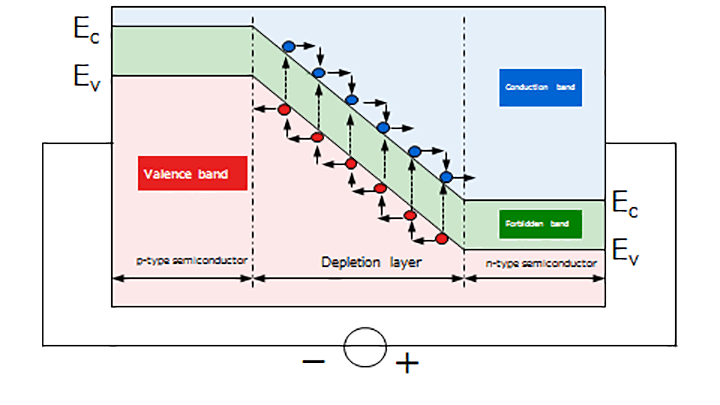
第Ⅰ章:什么是TVS二极管(ESD保护二极管)?
相关信息
- 产品页
TVS二极管(ESD保护二极管) - 应用说明
二极管 - FAQ
TVS二极管(ESD保护二极管) - 查看所有东芝 TVS 二极管(ESD 保护二极管)产品的参数:
参数搜索 - 查询TVS二极管(ESD保护二极管)的库存并购买:
库存查询与购买


